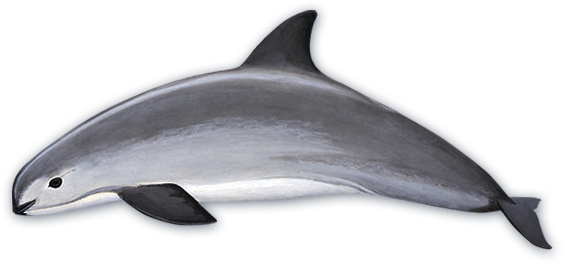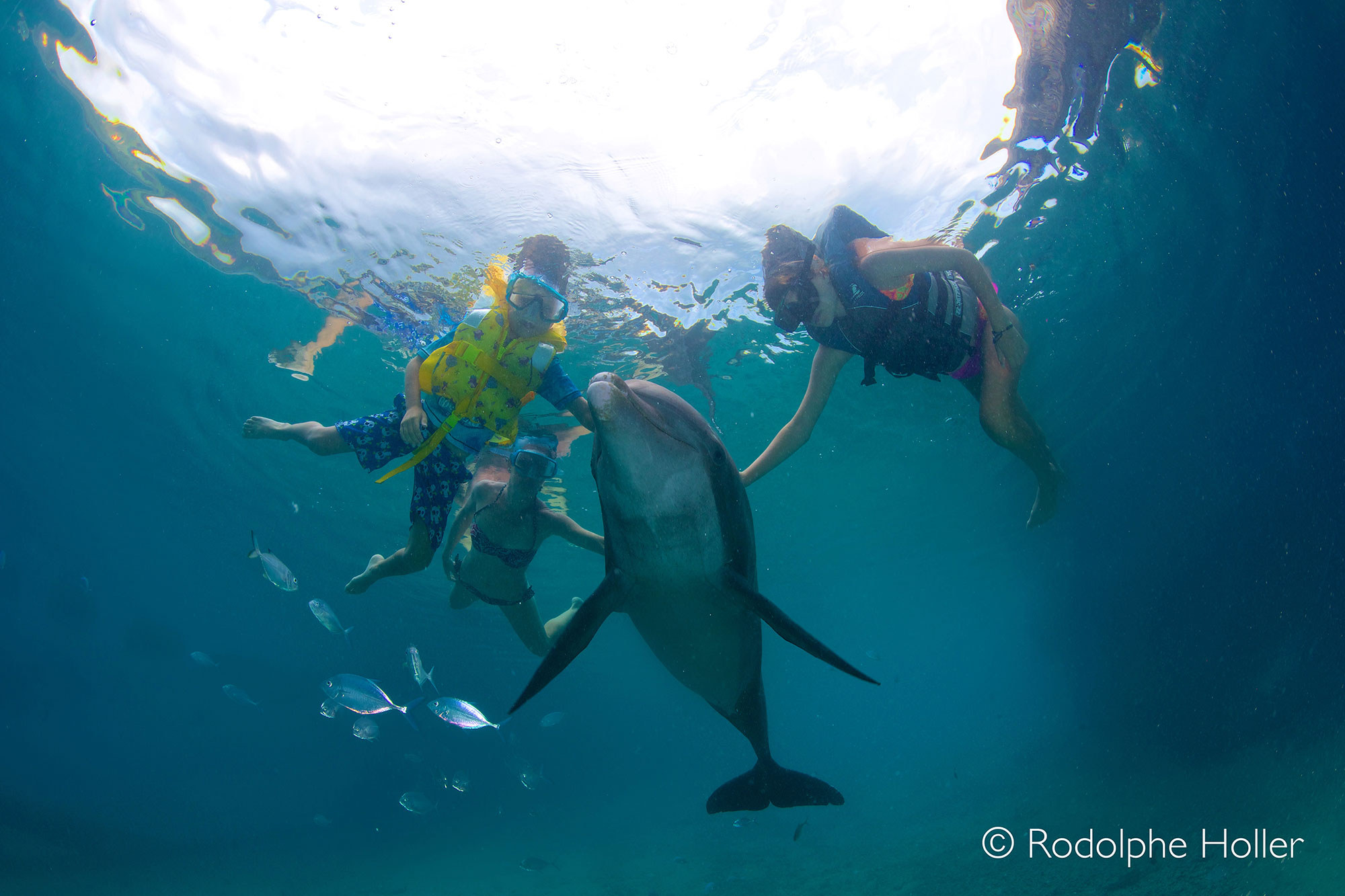Perfectly adapted to ocean life, cetaceans are breaking a few records in the animal kingdom.
The blue whale (Balaenoptera musculus) for example is the largest animal that ever lived on Earth reaching 420 000 lbs in weight and measuring more than 109 feet in length.
On the other end, we find the smallest cetacean in the world, the Vaquita (Phocoena sinus), a rare endemic porpoise from the northern end of the Gulf of California. The word Vaquita is Spanish for “little cow”: he measures an average of 54 inches only is also known as the Gulf of California harbor porpoise.


Listed as critically endangered since 1996 with population estimated to 600 animals remaining, that number unfortunately dropped drastically and fell to approximately only 30 individuals in November 2016 leading to the conclusion that the Vaquita will very soon be totally extinct.
For Lorenzo Rojas Bracho, cetacean expert at the National Institute of Ecology and member of the International Committee for the Recovery of the Vaquita (CIRVA) « The situation is totally out of control ».
Why such a drastic drop?
Vaquitas are declining, largely because of animals becoming trapped in illegal gillnets intended for capturing the totoaba (Totoaba macdonaldi), a large critically endangered fish of the drum family endemic to the Gulf. A trade in totoaba swim bladders has arisen, driven by demand from China which is greatly exacerbating the problem (the bladder being sold between 10 000 to 20 00 dollars a piece on the black market). CIRVA concluded in 2000 that between 39 and 84 individuals are killed each year by gillnets.
Is it too late to save the Vaquita ?
To try to prevent extinction, the Mexican government has created a nature reserve covering the upper part of the Gulf of California and the Colorado River delta. CIRVA recommends that this reserve be extended southwards to cover the full known area of the vaquita’s range and that trawlers be completely banned from the reserve area.
A captive breeding program has also been proposed. The scheme involves the use of trained dolphins of the U.S. Navy to locate the vaquitas, along with aircraft and a spotter vessel with an observation tower. Vaquitas would be captured with a light salmon gillnet. Some of these vaquitas might be satellite-tagged and released for research purposes, while others would be kept captive. The latter vaquitas would be transferred to sea pens along the shore of the gulf, with large pools on land also available for special care if needed. Once success was attained in the campaign to eliminate the threat of gillnets, captive vaquitas could then be released back into the wild.
